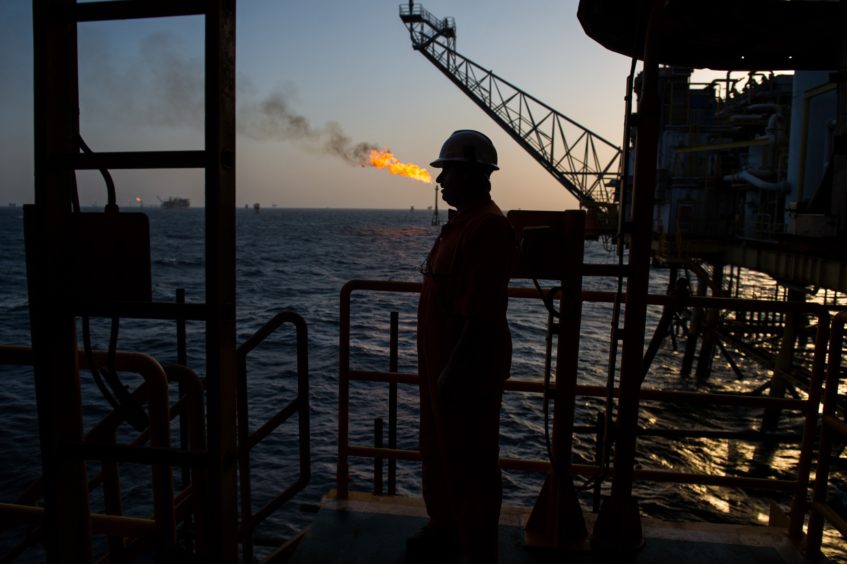
Oil rose to almost $70 a barrel in London, a level last breached in November, as global crude supplies tightened while hopes for an end to the U.S.-China trade impasse lifted financial markets.
Brent crude’s rapid recovery this year — with the biggest quarterly gain in almost a decade — is a victory for the production cuts of OPEC and its allies. Yet by preventing the re-emergence of a supply glut, the group has stoked the ire of President Donald Trump and heightened the risk of legal moves against the cartel in the U.S. Rising prices may also influence White House decision-making on sanctions against cartel-members Iran and Venezuela.
Oil added as much as 0.9 percent in London, a fourth daily increase. Crude is being lifted along with equities, which gained as U.S. and Chinese officials prepared to resume negotiations in Washington to resolve differences over trade. Though U.S. industry data indicated that the nation’s crude stockpiles increased last week, a fourth month of lower production from the OPEC cartel is tightening global supplies.
“The $70-a-barrel price level is within striking distance,” said Norbert Ruecker, head of macro and commodity research at Julius Baer Group Ltd. in Zurich. “The market seems eager to recoup this level.”
Brent for June settlement rose 30 cents to $69.67 a barrel on the ICE Futures Europe exchange as of 10:07 a.m. in London, having earlier climbed to $69.96. The global benchmark crude’s premium over West Texas Intermediate widened to $6.89 a barrel for the same month.
WTI for May delivery gained 10 cents, or 0.2 percent, to $62.68 a barrel on the New York Mercantile Exchange after rising as much as 41 cents earlier. WTI climbed 5.5 percent over the previous three sessions.
Trade Talks
Chinese Vice Premier Liu He will resume negotiations with his U.S. counterparts in Washington on Wednesday as both governments push for an agreement to end their protracted trade dispute. Officials from the two countries have resolved most of their issues but are still haggling over enforcement mechanisms, the Financial Times reported.
On the supply side, Russian output dropped by the end of March to 190,000 barrels a day below October levels, the country’s energy minister said in a statement, falling short of the 228,000 cut pledged under the OPEC+ deal. That was offset by Saudi Arabia reducing production to a four-year low of 9.82 million barrels a day.
The OPEC+ reductions allayed concerns over an American Petroleum Institute report that was said to show a 3 million-barrel increase in U.S. crude inventories. The API also reported lower gasoline and distillates stockpiles.
“There is an assumption that the pull through from the products will more than overcome the crude surplus” said Michael McCarthy, chief market strategist at CMC Markets Asia Pacific Pty in Sydney.
Other oil-market news Saudi Aramco’s bond prospectus revealed its giant Ghawar oil field can pump 3.8 million barrels a day, well below the more than 5 million that had become conventional wisdom in the market. The Trump administration will probably renew sanctions waivers allowing some nations to keep buying Iranian oil given this year’s market rally, according to Hedgeye Risk Management LLC. The Vatican has invited Big Oil bosses for the second time in a year as part of Pope Francis’s campaign to counter climate change, according to people familiar with the plan. Crude futures for May delivery rose 1.5 percent to 473.3 yuan a barrel on the Shanghai International Energy Exchange.
Recommended for you
